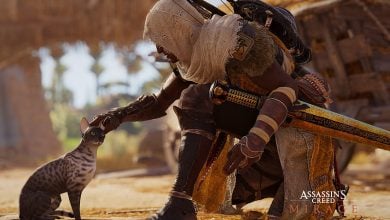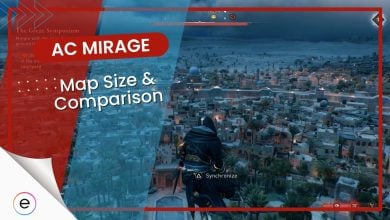The Ending of AC Mirage serves as a fulfilling conclusion to the protagonist Basim Ibn Ishaq’s journey of personal growth. Also, it strengthens the connection between his character and the events in the previous installment, Assassin’s Creed Valhalla.
- Assassin’s Creed Mirage concludes the journey of its protagonist, Basim Ibn Ishaq, with significant character growth in the ending.
- Assassin’s Creed Mirage ending reveals a surprising twist: Basim’s friend Nehal is an aspect of his own personality, and everything attributed to Nehal was actually done by Basim.
- This twist connects to “Assassin’s Creed Valhalla,” where Basim is revealed to be the reincarnation of Loki.
- Basim’s merging with Nehal represents the fusion of his human body with Loki’s consciousness.
- Basim’s quest for vengeance foreshadows his pursuit of Odin and his encounter with Eivor in Assassin’s Creed Valhalla.
Timeline
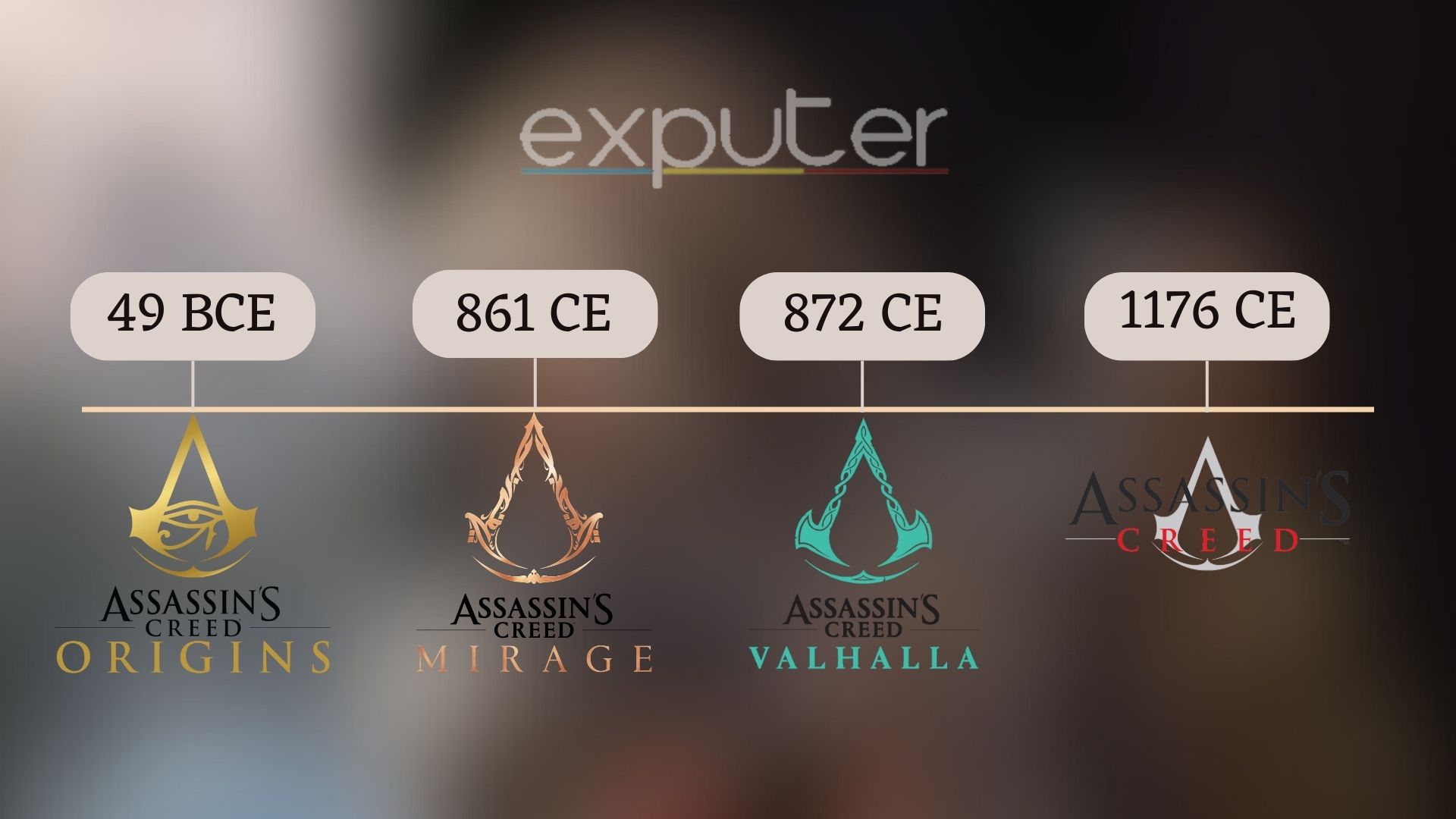
- Basim joins the Hidden Ones, which came before the Assassin’s Brotherhood.
- The Hidden Ones were created by Bayek and Aya in Egypt in 49 BCE (during Assassin’s Creed Origins).
- Assassin’s Creed Mirage is set nine centuries after these events, way before the original Assassin’s Creed featuring Altair.
In Assassin’s Creed Mirage, the story goes back 12 years to when Basim was younger and fighting in Baghdad to protect people’s freedom from those who want to control them.
AC Mirage Ending Explained
In the opening of AC Mirage, we meet a young Basim, living as a petty street thief in ninth-century Baghdad. Troubled by visions of jinni, Basim embarks on a journey to understand himself better. His initial attempt to join the Hidden Ones, a group of covert assassins, ends in rejection.
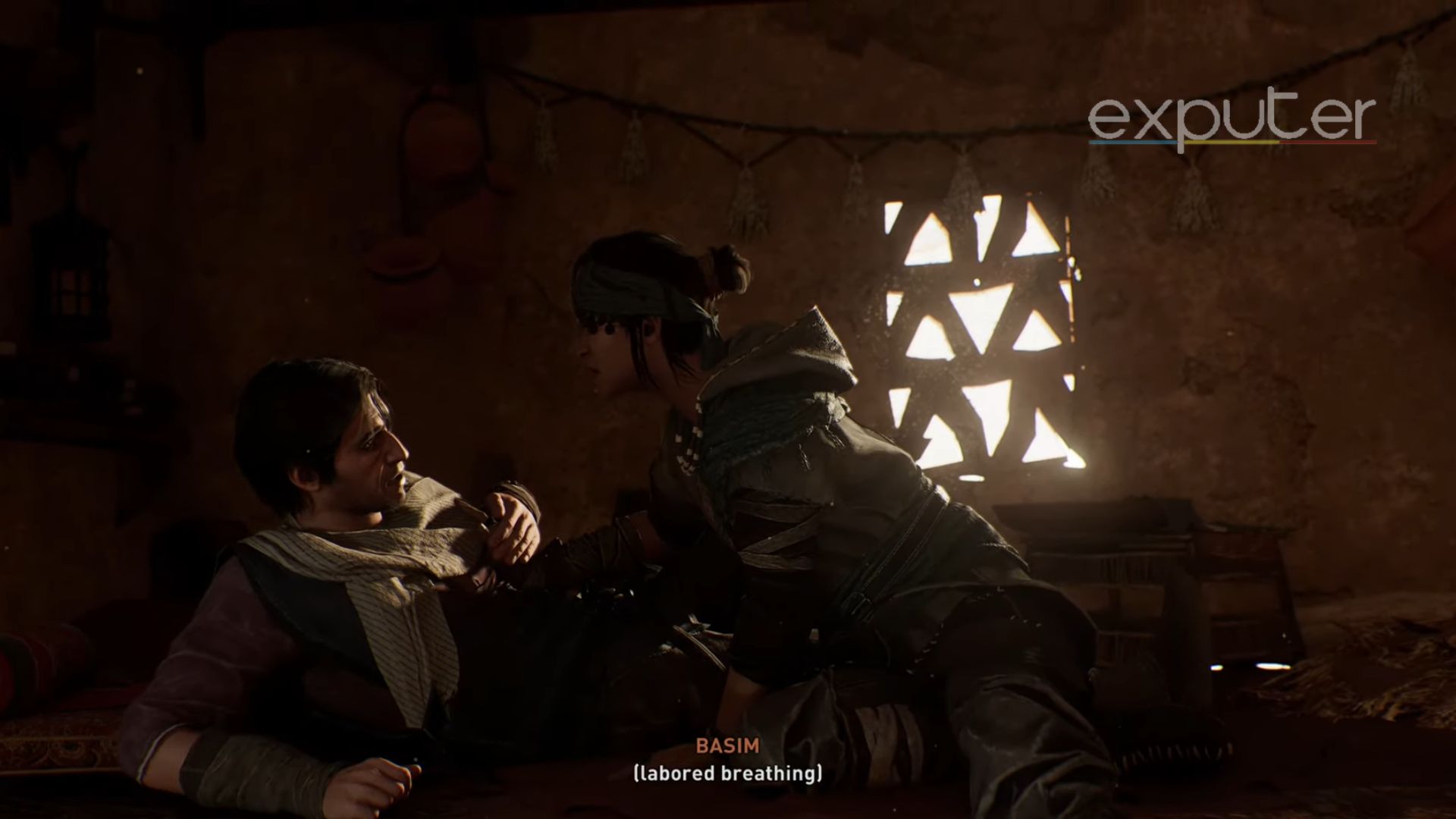
Despite this, his visions intensify, and Nehal encourages him to seek answers. Nehal proposes that Basim might find information within the Order of the Ancients, who are recurring antagonists in the Assassin’s Creed series, and eventually become the Templar Order.
Basim proceeds to track down and eliminate members of this organization, leading him to a hidden, ancient temple beneath the floors of the mountain fortress at Alamut, a location far removed from AC Mirage’s main map in Baghdad.
Truth About Basim
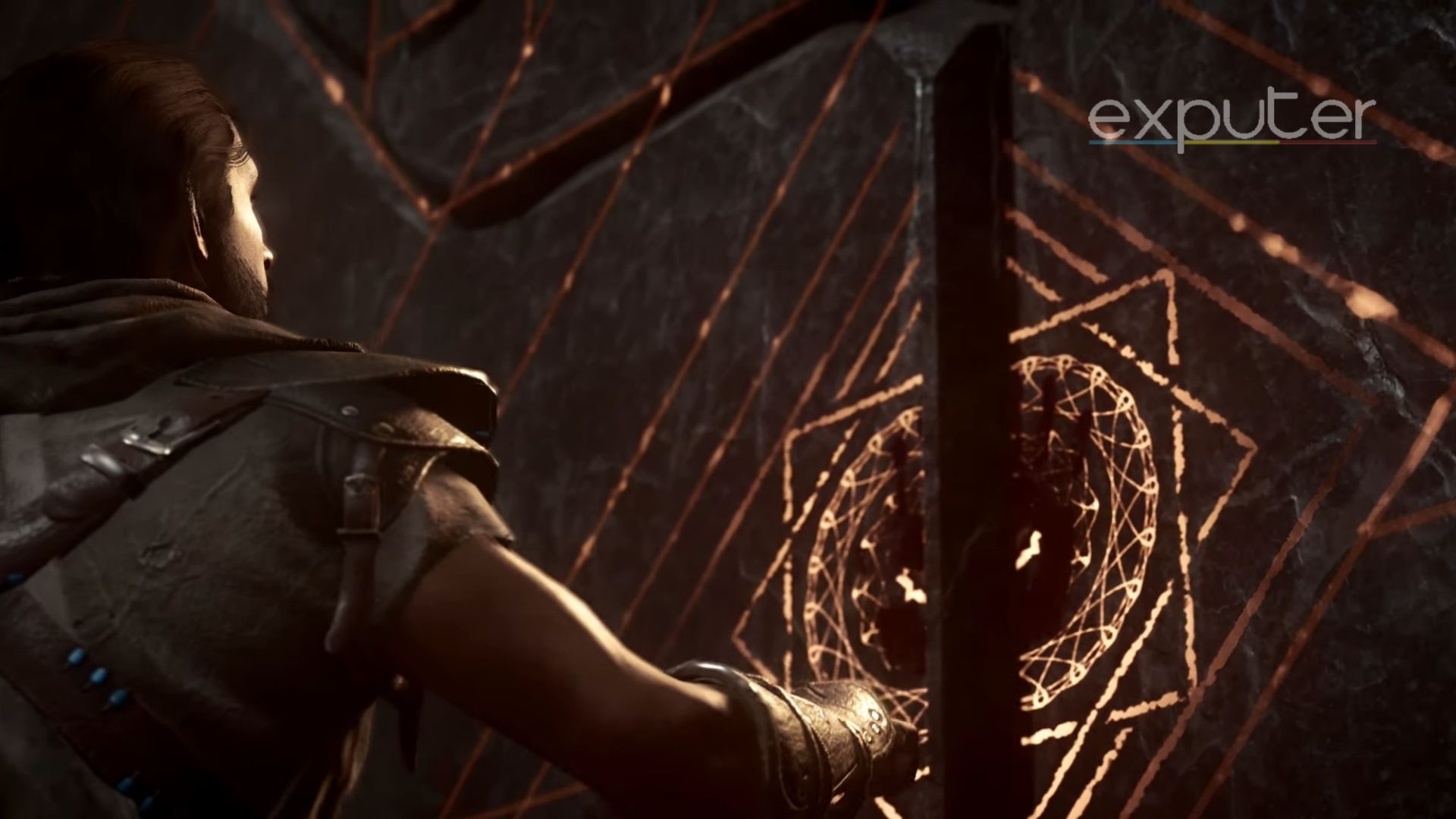

Nehal’s Identity
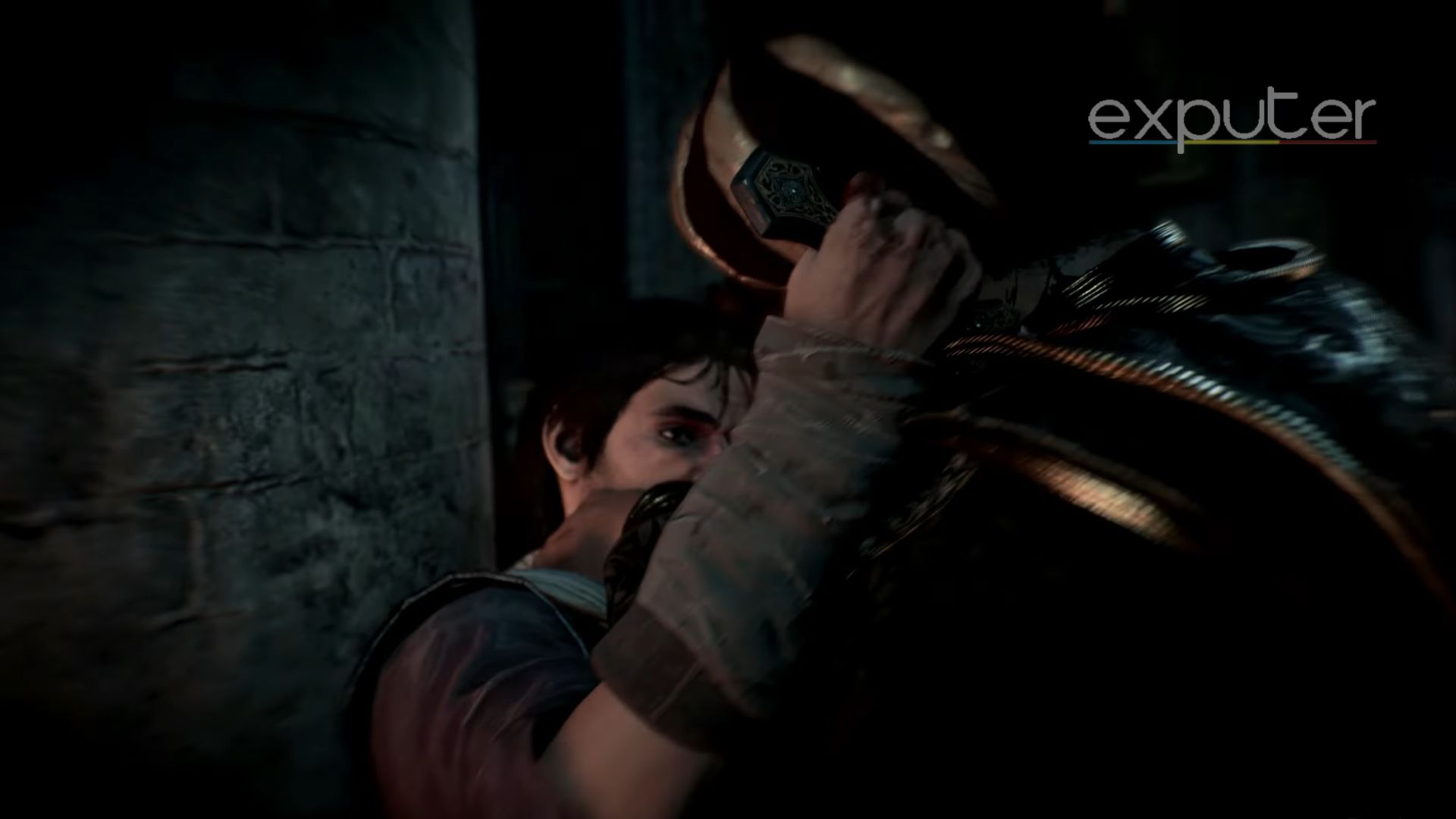
The ending of AC Mirage connects it to Assassin’s Creed Valhalla. In Valhalla, we learned that Basim is the reincarnation of Loki, a character from Norse mythology. Nehal, in this context, are the memories of the original Loki that are locked away inside Basim.

The Aesir Isu uploaded their consciousness onto Yggdrasill, which would then distribute them into the human gene pool centuries later. It allowed the Aesir to essentially skip the apocalypse and be reborn in human bodies.
So, the name Nehal, derived from the Persian language and meaning “newly planted tree,” symbolizes Yggdrasill’s newly planted seed of Loki within Basim.
In simpler terms, Nehal is a part of Basim’s own mind, and Basim is actually the reincarnation of the mythical figure Loki, thanks to a complex Isu plan to preserve their existence in human bodies through a supercomputer.
Isu Chamber Holograms

The hologram portrays two distinct figures: a prisoner and a jailor. Basim is depicted as the prisoner, while the role of the jailor is assumed by the jinni, a supernatural entity that has been a haunting presence throughout Basim’s journey in the AC Mirage.
Basim comes to the realization that the jinni symbolizes the suffering he endured during his past life as Loki in this very prison. This newfound understanding allows him to reconcile with these distressing memories, effectively breaking the jinni’s hold over him.
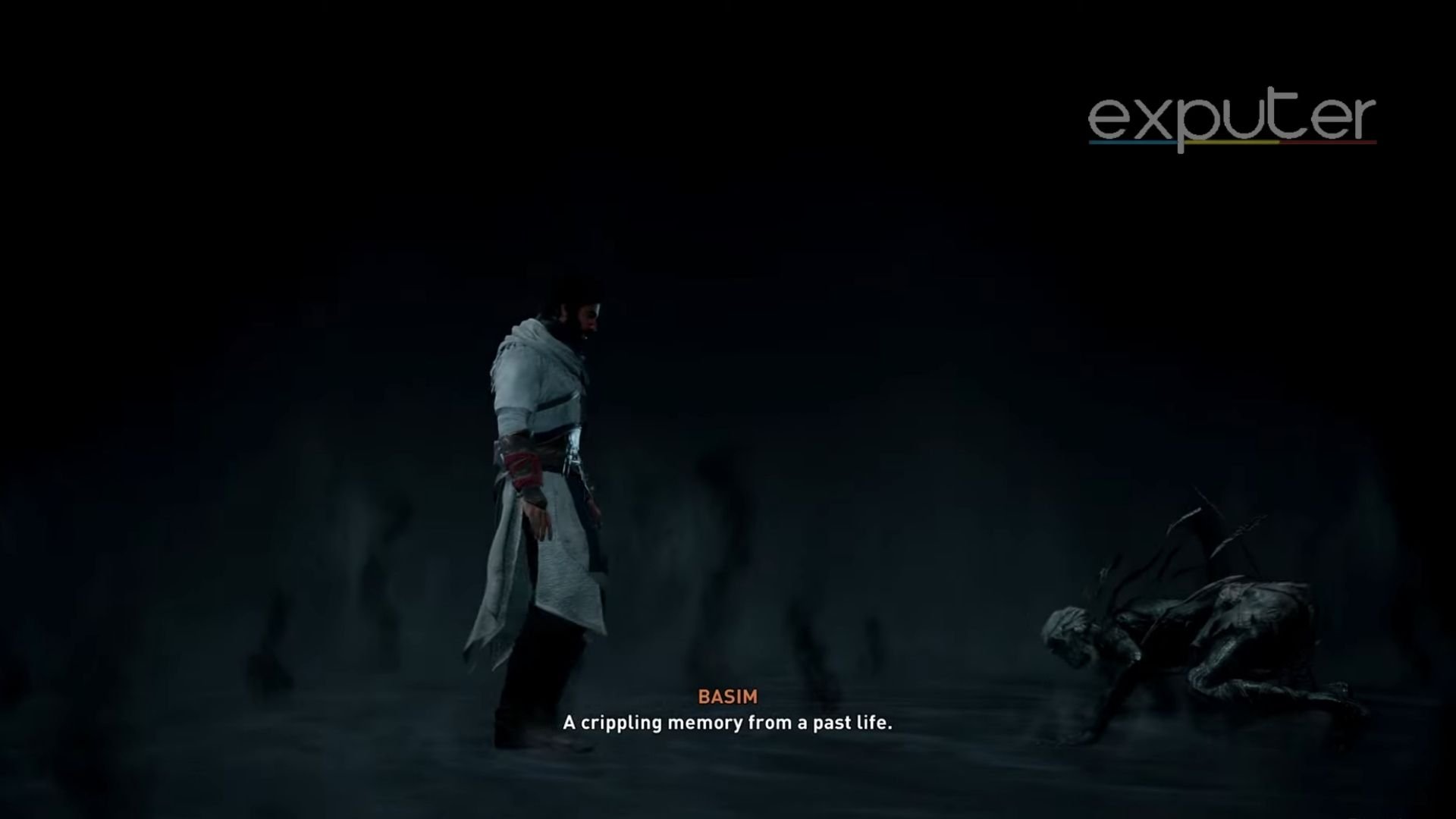
Consequently, it’s reasonable to conclude that the Isu chamber serves as an interpretation of the myth of Loki’s binding within the Assassin’s Creed universe, with Odin serving as the jailor. Also, Odin is none other than Eivor, the human reincarnation of the All-father and the main character in Assassin’s Creed Valhalla.
AC Mirage Ending Connects To AC Valhalla
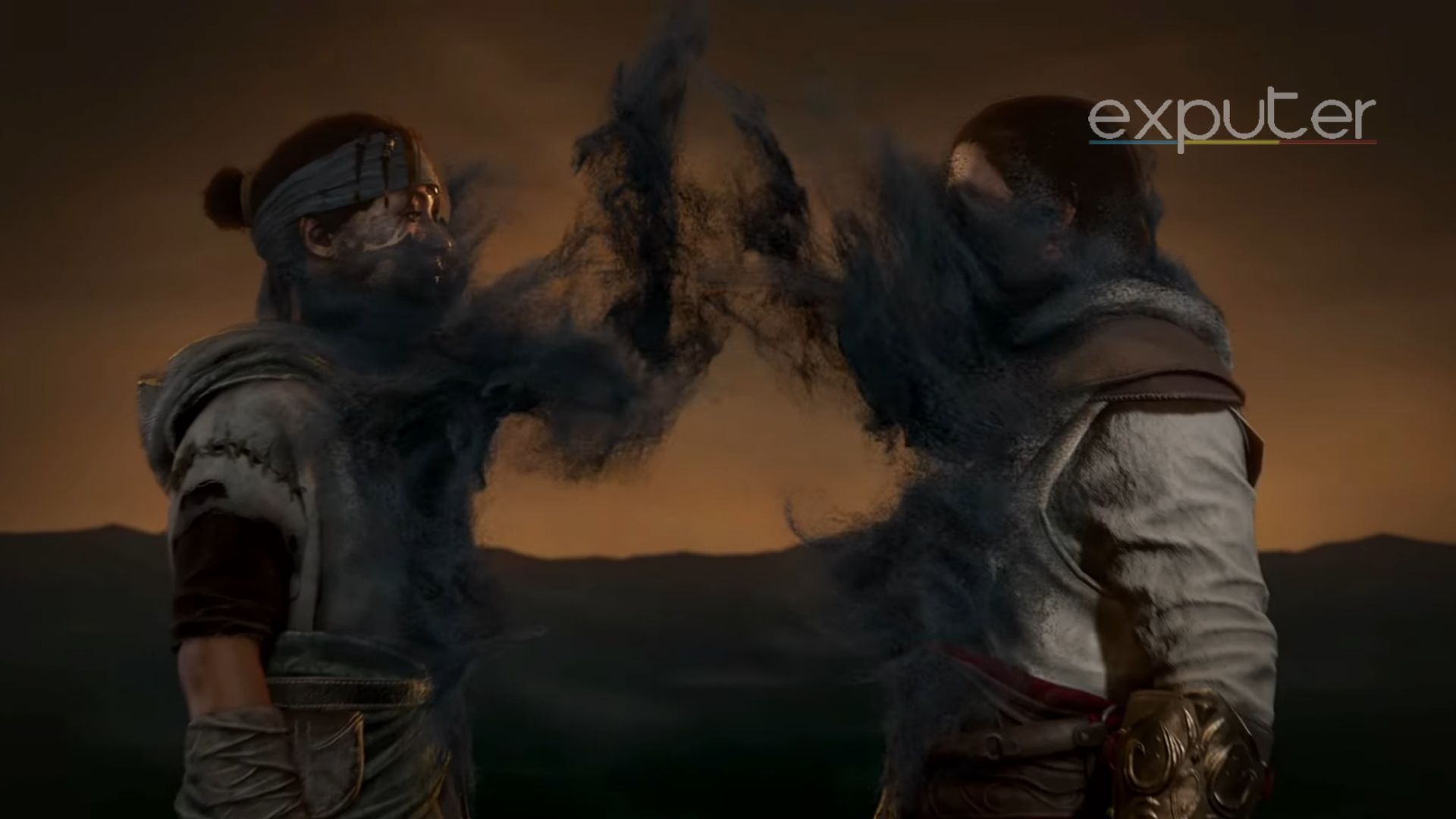


Thanks! Do share your feedback with us. ⚡
How can we make this post better? Your help would be appreciated. ✍
it is not done yet bring on more
nice summation, it filled in all the gaps. Merry Christmas!
